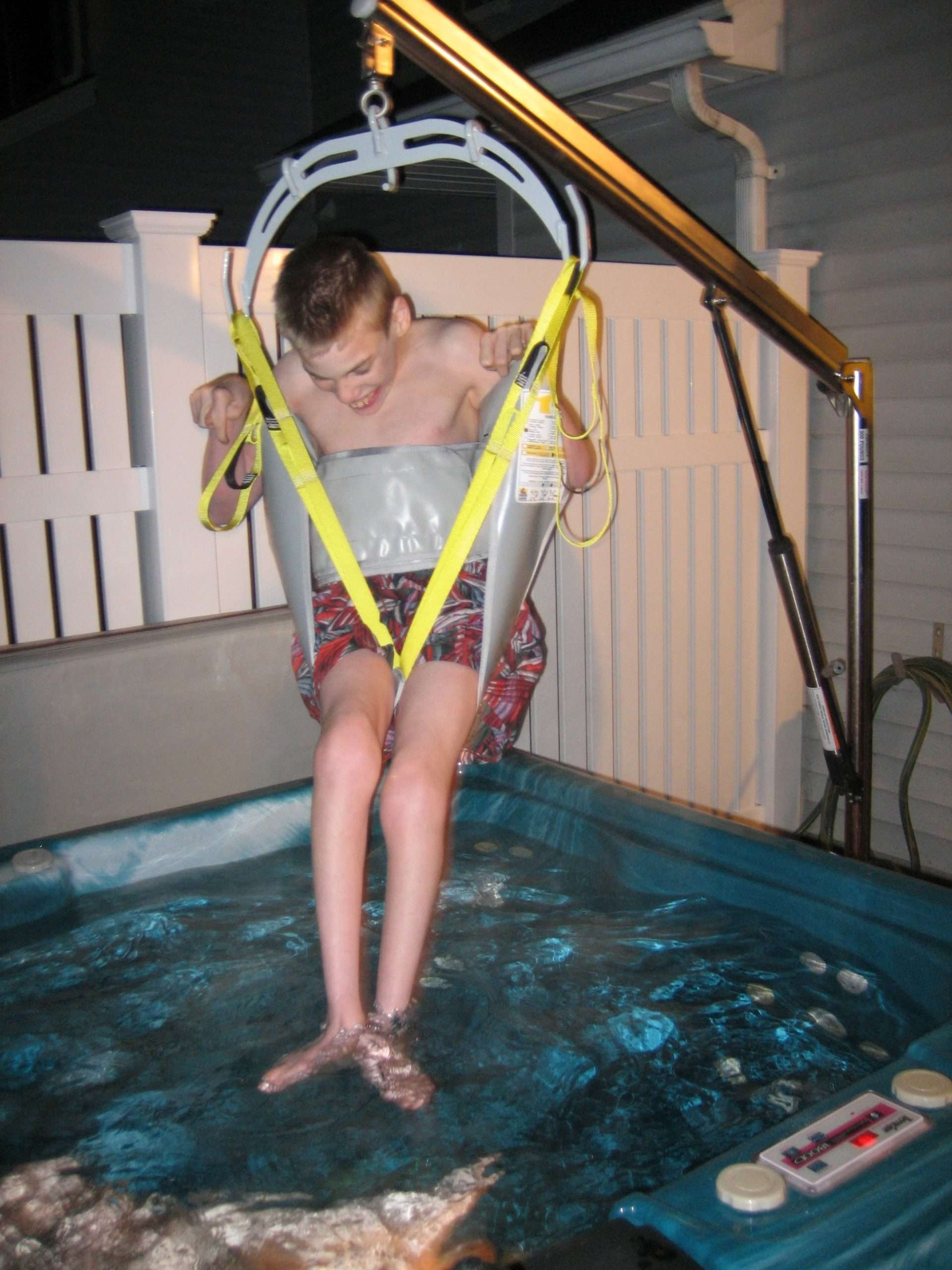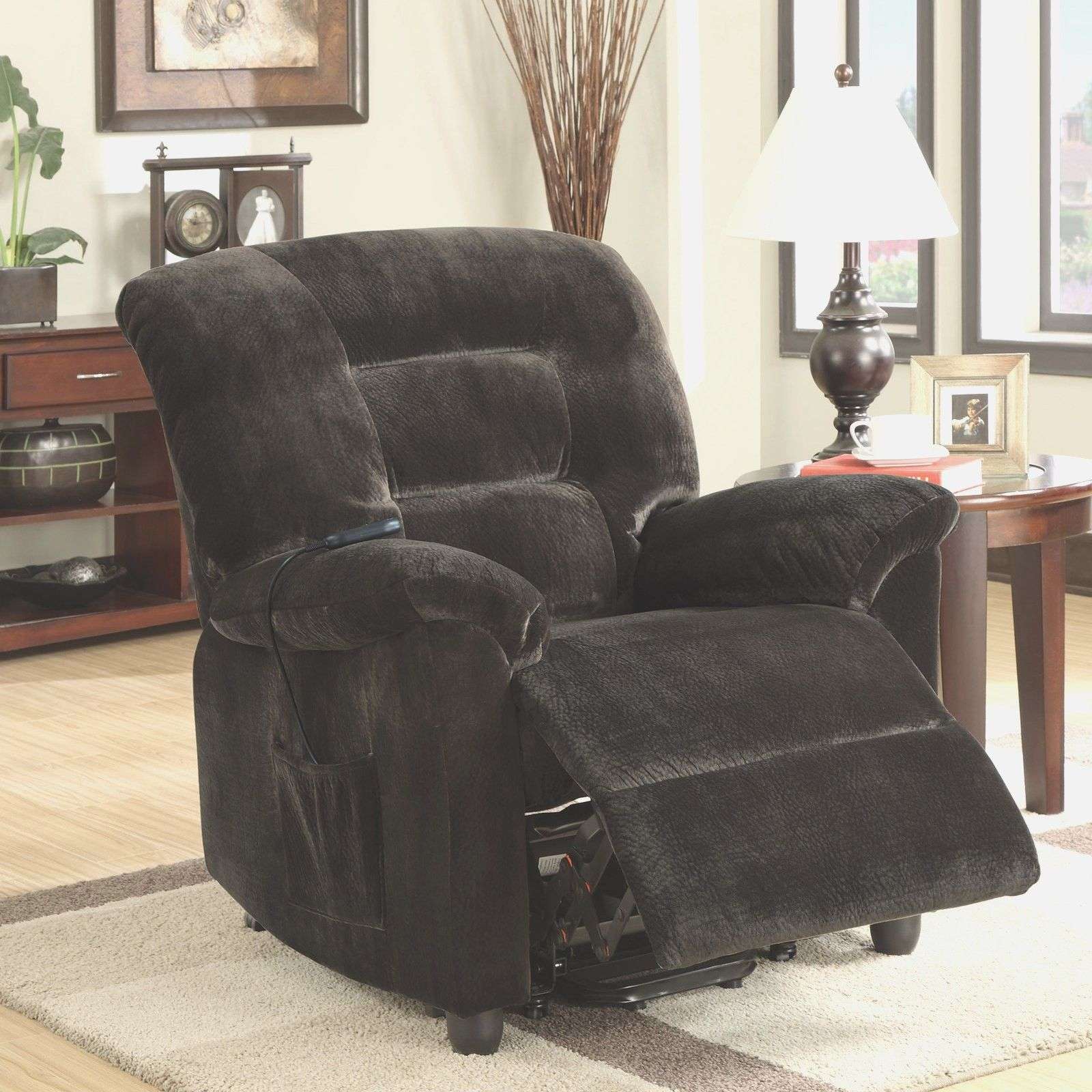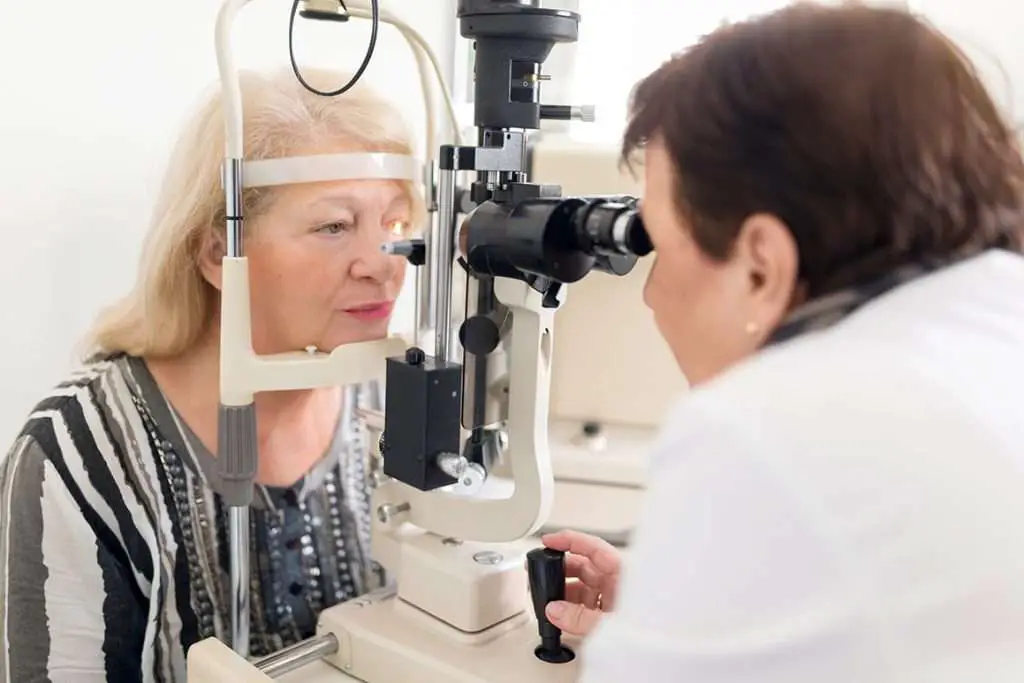Does Medicare Cover Patient Lifts
Yes, Medicare does cover patient lifts however, you will probably need to get a prescription from your doctor. If you have original Medicare, which is also known as Medicare Part B, you have coverage for durable medical equipment, usually shortened to DME. If your doctor prescribes it, it should be covered by Medicare.
Does Insurance Cover Patient Lifts What You Need To Know
Yes, your health insurance plan should cover your patient lift as long as it is medically necessary. To prove that your patient lift is medically necessary, you will need to talk to your doctor and get an order from him or her. Then, your doctor will need to detail your condition in the medical record, demonstrating that the lift is medically required. If you would otherwise be confined to your bed without the lift, your health insurance provider should cover the cost.
Most health insurance providers will not pay for an electric lift as these are considered luxury items or items of convenience. Furthermore, there might be a deductible you need to meet before your health insurance provider will cover the rest of the expense. Finally, take a look at coinsurance to see if you need to pay for a percentage of the patient lift. That way, you don’t get surprised by a bill later on.
Weight Capacity: Standard Or Bariatric
The weight capacity of a ceiling lift is an important consideration, and each ceiling lift has its own specific weight capacity.
Most lifts are capable of supporting between 300 and 450 pounds. If the user exceeds this weight threshold, there are bariatric ceiling lifts intended for patients who exceed these weight limits.
Because no two patients are exactly the same, the weight capacity of a ceiling lift can be a crucial consideration when looking at ceiling lifts.
Read Also: Medicaid Breast And Cervical Cancer Program Texas
Canvas Or Nylon Sling Or Seat
Aetna considers a canvas or nylon sling or seat for a hydraulic/mechanical lift medically necessary as an accessory when ordered as a replacement for the original equipment item. Note: A nylon or canvas sling or seat for a patient lift is included in the allowance for a patient lift when provided at the same time.
Submitting Clinical Documentation And Prior Authorization Request:

Prior authorization will be required and determinations made on a case by case basis. Approval of prior authorization is still subject to all general conditions of Rhode Island Medicaid including member eligibility, other insurance and program restrictions.
Click here for an approved PDF version of the Enteral Nutrition coverage guidelines.
Click here for a copy of the Certificate of Medical Necessity for Enteral Nutrition and Total Parenteral Nutrition.
You May Like: Social Security Medicaid Card Replacement
How Much Does It Cost To Rent Or Buy A Patient Lift
After youve paid your Part B annual deductible, youll owe 20% of the Medicare-approved amount to either buy or rent the patient lift.
Make sure that the supplier you get your patient lift from is enrolled in the Medicare program and is a participating supplier. A Medicare-participating supplier agrees to always accept assignment, meaning the company wont charge you higher than the amounts set by the Medicare program. Youll still need to pay your share of the costs, such as deductibles or coinsurance. A non-participating supplier may charge more than the Medicare-approved amount for the patient lift, but cant charge more than 15% above the Medicare-approved amount. You may be asked to pay the entire bill when you pick up the patient lift.
If youre enrolled in Original Medicare and live in an area thats part of Medicares Competitive Bidding Program, you may need to use certain contract suppliers or Medicare may not cover the cost. You can look up if your area is part of the program by visiting Medicare.gov or calling 1-800-MEDICARE , 24 hours a day, seven days a week.. TTY users should call 1-877-486-2048.
How Wide Do Stairs Have To Be For A Stair Lift
Generally speaking, straight stair lifts can only be installed on a staircase thats at least 28 inches wide. Curved stair lifts need approximately 30 inches. These measurements are from the farthest obstruction, meaning that molding, handrails, and other projections can reduce your staircase width. Learn more.
Recommended Reading: Medicaid Primary Care Physicians Arkansas
Is A Hoyer Lift Covered By Medicaid
Medicaid is funded both federally and by the individual states, which makes it a very different system from Medicare.
Due to its funding structure , Medicaid will often agree to let a state waive some qualifying requirements for its different programs.
Waivers is the name given to such programs.
Waivers are designed by the different states to offer assistance to a new demographic which otherwise be missing out many waivers across the US are specifically helping the elderly to remain living independently in their homes, and they will offer, amongst other things, financial assistance with DME.
Due to the hundreds of different waivers, what can be considered Durable Medical Equipment on the waivers can vary greatly state by state.
How Much Does It Cost To Rent Or Buy A Lift
After you have paid your annual deductible, you will pay 20% of Medicare-approved amounts for the lift purchase or rental and maintenance. Those costs may be higher if the supplier doesn’t accept the assignment. Patient lifts are in the “Capped Rental” category, which means you may choose to rent or purchase them from a Medicare-approved lift chair dealer.
Once Medicare has made 10 monthly rental payments you will be given an opportunity to purchase the lift. The supplier will send you a “Purchase Option” letter in the ninth month of the rental. You will have 30 days to reply.
If you reply and want to buy your lift:
- Medicare will make three more payments, and the lift is yours.
- Medicare will cover 80% of maintenance costs, but it is your responsibility to find a Medicare-approved supplier to cover the costs.
If you do not answer or choose to continue renting:
- Medicare will make a total of 15 rental payments, and the lift is yours to use as long as you need.
- The supplier keeps ownership of the chair and is responsible for maintaining it.
Read Also: What Is The Income Limit For Medicaid In Ky
How Do You Qualify For Coverage From Medicare Part B For Dme
Partial coverage from Original Medicare Part B for Durable Medical Equipment for use in the home is typically only given if you meet the following criteria
- you are enrolled in Original Medicare Part B
- you have your Medicare-enrolled doctor sign a prescription certifying that the equipment is a medically necessary
- you purchase or rent the DME through a Medicare-enrolled supplier
Clinical Guidelines For Enteral Nutrition
These Guidelines identify the clinical information that the Rhode Island Medical Assistance Program requires to determine medical necessity for Enteral Nutrition products. The Guidelines are based on generally accepted standards of medical practice, review of medical literature, federal and state policies, and laws applicable to Medicaid programs.Enteral Nutrition is defined as supplemental feeding provided via the gastrointestinal tract orally, or through a tube, catheter or stoma distal to the mouth.
Also Check: Can You Get Plan B For Free With Medicaid
Will Medicaid Pay For A Patient Lift
Medicaid should pay for a patient lift. It usually falls under the category of durable medical equipment, or DME. Remember that Medicaid is usually rolled out from state to state. Therefore, the exact requirements, coverage, and reimbursement rates for patient lifts can vary depending on the state in which you live. If you have questions about whether your state’s Medicaid will cover the cost of a patient lift, you should take a look at the details of your stateâs plan. In general, as long as your doctor provides a detailed written order and backs up that order with evidence from the medical record, your lift should be covered. You may want to stay away from electrical lifts, as these can sometimes be considered items of convenience.
Pressure Reducing Support Surfaces

Group 1 support surfaces are generally designed to either replace a standard hospital or home mattress or as an overlay placed on top of a standard hospital or home mattress. Products in this Category include non-powered pressure reducing mattresses, pressure pads and mattress overlays . A Group 1 mattress overlay or mattress is covered if one of the following three criteria is met:
1. The beneficiary is completely immobile- i.e., beneficiary cannot make changes in body position without assistance, or
2. The beneficiary has limited mobility – i.e., beneficiary cannot independently make changes in body position significant enough to alleviate pressure and at least one of the conditions A-D below.
3. The beneficiary has any stage pressure ulcer on the trunk or pelvis and at least one of the conditions A-D below.
A. Impaired nutritional state
g. Education of the beneficiary and caregiver on the prevention and management of pressure ulcers andh. Assessment by a physician, nurse, or other licensed healthcare practitioner at least weekly, andi. Appropriate management of moisture/incontinence.
6. A trained adult caregiver is available to assist the beneficiary with activities of daily living, fluid balance, dry skin care, repositioning, recognition and management of altered mental status, dietary needs, prescribed treatments and management and support of the air-fluidized bed system and its problems such as leakage.
Coverage and Payment Policy
Read Also: Difference Between Obamacare And Medicaid
How To Get Your Lift Chair Covered
For Medicare to cover your lift chair, your doctor or treating physician must prescribe it by filling out an order stating that the equipment is medically necessary. Your doctor typically fills out a Certificate of Medical Necessity, which has questions aimed at demonstrating your medical need for the equipment.
Your supplier follows up with your doctor to ensure the form is submitted to either Medicare or your Medicare Advantage provider. Your doctor must complete and submit a new, updated order should your condition or needs change in the future.
Medicare will only cover lift chairs obtained from a Medicare-accepted supplier. Suppliers must be approved by Medicare and have a Medicare supplier number.
Read Also: When Can You Apply For Part B Medicare
Will Medicare Pay For A Stair Lift
Original Medicare Part B does not cover stair lifts, as they are classed as electric seat lifts which are classified as a convenience, and are not considered durable medical equipment, or as medically necessary.
You can find the coverage determination in the National Coverage Determination for Durable Medical Equipment Reference List which you can read .
Some Medicare Advantage plans may soon cover stair lifts as an extra benefit they will be allowed to offer as part of the new policies for individuals with chronic illnesses and diseases.
You May Like: Dentist In Ashland Ky That Take Medicaid
What Does Medicare Consider To Be A Patient Lift
The exact definition can vary slightly, but a patient lift is usually described as a pole system that stretches from the floor to the ceiling. It is not permanently attached to the floor or the ceiling, and it is used in a room other than the bathroom. If you have questions about whether you are looking at a patient lift, you should reach out to Medicare for more.
Medicaid And The Beneficiarys Place Of Residence Impact
Despite there being hundreds of different Medicaid programs, most programs have similar processes for DME acquisition. These processes largely depend on the location in which the individual resides and intends to use the item. The process and rules are different for those living at home vs. in a nursing home. It is worth noting that the definition of at home is more broadly interpreted by some states than others. At home can include living in a family members home, in independent living or in some cases even in assisted living communities.
Also Check: Kids Dentist That Take Medicaid
Do Medicare Advantage Plans Cover Hoyer Lifts
Medicare Advantage plans, also known as Medicare Part C, will cover everything that is covered by Original Medicare Parts A and B.
Advantage Plans are offered by private companies who are contracted by Medicare to provide, as a minimum, the same services as Original Medicare Parts A and B.
If you pass the Medicare criteria for receiving partial coverage for a Hoyer lift, you will get the same cover from an Advantage plan.
With regard to how to get coverage, which doctor to use, where to find a supplier, and co-payments, this all depends on who your provider is, and who is in their network, and its with them, that you will need to discuss how to proceed.
What Type Of Equipment Will Medicare Part B Cover
Original Medicare Part B will cover certain durable medical equipment for use in the home if it is medically necessary.
Durable Medical equipment is equipment which is not disposable, such as gloves and bandages, which are classed as disposable medical supplies.
So long as all the Medicare criteria are filled and rules are followed, Medicare Part B will typically give a coverage of 80% to those who qualify.
There is a list in this article of qualifying Durable Medical Equipment typically covered by Original Medicare Part B, which you can jump down to see here.
For Medicare to cover Durable Medical Equipment, the equipment must meet the following criteria :-
- Generally has an expected lifetime of at least 3 years
Source: Medicare.gov website here
Medicare gives coverage to equipment like wheelchairs, crutches and walkers, which are seen as medically necessary.
For equipment which gets coverage, Original Medicare Part B typically covers 80 % of the cost of any durable medical equipment, and you will be responsible for your coinsurance of 20% of the medicare-approved price, and, if it applies, your annual policy deductible.
The equipment that Original Medicare Part B wont give any coverage, is that which it refers to as comfort or convenience items, such as shower chairs, air purifiers or a wigs.
Many times electric versions of equipment are all labelled as convenience items and not covered by Medicare, but the manual version may well be covered.
Recommended Reading: Do I Qualify For Medicaid In Nebraska
Coverage And Payment Policy For Respiratory Conditions:
Coverage Guidelines For Durable Medical Equipment

Activity Chairs
Activity/Positioning Chairs
Activity/positioning chairs are designed to provide stability and support, maintain body alignment, decrease likelihood of postural deformities, and enhance upper body extremity function for an EPSDT recipient with physical disabilities.
Activity Chair
Activity Chairs and accessories are covered for an EPSDT recipient who has physical disabilities and requires positioning support to sit and perform activities.
An Activity Chair is considered medically necessary when a recipient meets any one of the following criteria:
- Cannot safely sit in a regular chair, commercially available highchair, or other conventional seating option
- Needs additional support and stability for fine motor activities
- Has decreased trunk support and stability for fine motor activities
- Must use arms to maintain sitting balance
- Requires external support to maintain upright position and good body alignment
- Has no functional protective or righting reaction or
- Must be in an upright supported position for safe and effecting feeding and without this chair would have to be held by the caregiver for feeding.
All accessories must be medically justified.
A tilt/recline option is covered when the recipient:
- Cannot maintain head control in the upright position
- Requires pressure relief
- Requires a tilted position to compensate for tonal changes, or
- Must be tilted for proper digestion and to avoid reflux
Hi Lo Positioning Activity Chair
Hi Lo Indoor Base/Frame
You May Like: How To Qualify For Medicaid
Manufacturer Suggested Retail Price
If the fee schedule states “Code is Manually Priced”, reimbursement is the lower of or the provider’s U& C.
- The provider must keep a copy of the item’s invoice and documented MSRP.
- The documented MSRP must include the name of the provider’s employee that received and documented the MSRP, and the date the MSRP was received.
- Providers may not submit for reimbursement for either state sales tax collection or shipping costs.
- Providers must add the ‘SC’ modifier when using the MSRP for pricing.
- Providers must attach a copy of the MSRP on all claims.
- Providers may manually indicate on the MSRP documentation the actual quantity supplied to the member if it differs from claim total.
What Not To Bill
Recommended Reading: Will Medicaid Pay For Gastric Bypass
